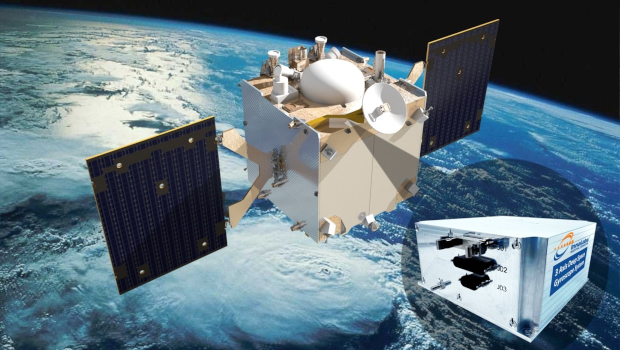
Innalabs secures second ESA planetary defence contract
Innalabs, a Dublin-based innovator in advanced inertial sensor technology, has secured its second major contract with GMV, OHB, and the European Space Agency (ESA).
Building on the success of the ARIETIS-NS gyroscope navigation system, launched on ESA’s Hera mission in October 2024, Innalabs will now provide the same technology for Ramses, the next critical stage in the planetary defence initiative.
The Ramses mission will rendezvous with asteroid 99942 Apophis, accompanying it during its close yet safe flyby of Earth in 2029. This encounter provides scientists with a rare opportunity to study how Earth’s gravity alters the asteroid’s physical characteristics, enhancing our ability to respond to potential future threats.
Scheduled for launch in April 2028, Ramses aims to arrive at Apophis in February 2029, just two months before the asteroid’s closest approach to Earth. This mission continues the global collaboration seen in the joint efforts of NASA’s DART impactor and ESA’s Hera orbiter, demonstrating that planetary redirection is not only possible but within reach, provided we are equipped to act swiftly.
John O’Leary, founder and CEO of Innalabs, said: “Through relentless innovation and the exceptional talent of our team, Innalabs has developed navigation sensors and systems that have logged over 5 million hours in space. Our partnerships with nearly all major space primes, who rely on our cutting-edge inertial sensor technology for missions valued in the billions, underscore the high level of trust they place in our products.”
The Ramses contract signifies a pivotal milestone not only for Innalabs but for the broader Irish space sector. The success of the Hera mission and this latest ESA award mark the beginning of increased commercialisation potential for Innalabs’ ARIETIS-NS technology and other high-precision gyroscopes and accelerometers.
TechCentral Reporters






Subscribers 0
Fans 0
Followers 0
Followers